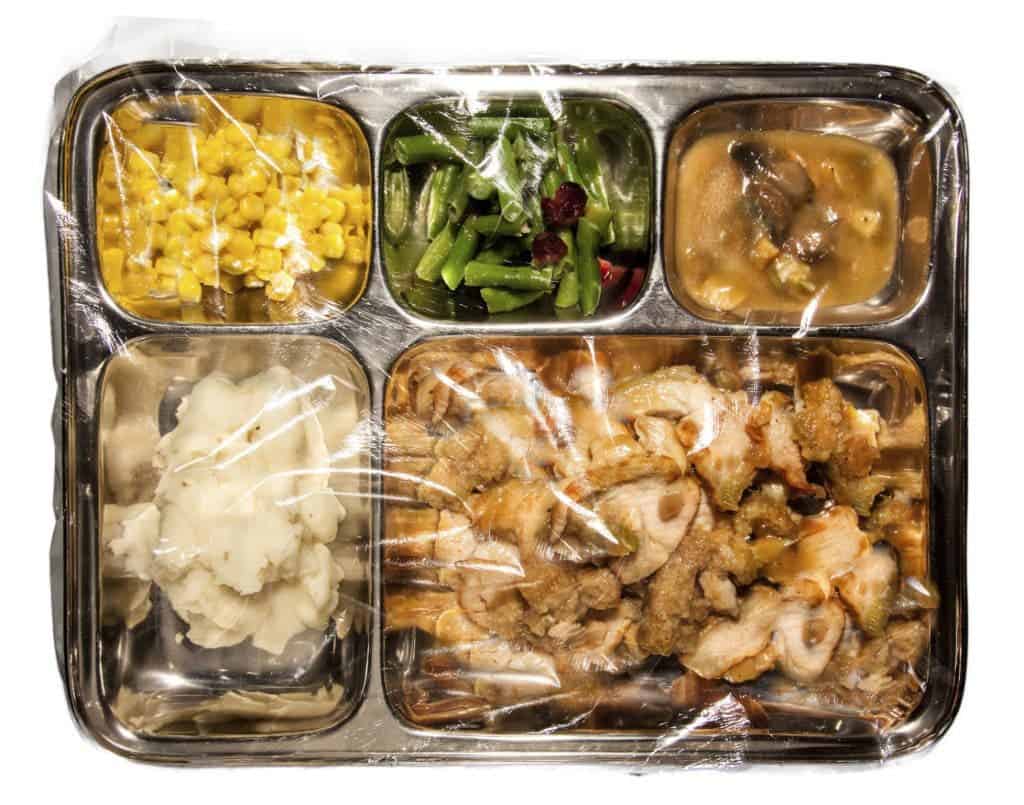More than half of Americans’ calories come from ultra-processed foods, a new study from the University of São Paulo and Tufts University finds. The data also indicates that close to 90% of total added sugar intake can be traced back to these foodstuffs.

Many people nowadays shy away from any “processed” food — but that’s not an inherently evil label. According to FDA regulations, food can only be called fresh when you’ve pulled it out of the ground or off a tree and consume it as is (though washing, coating it or spraying it with pesticides is allowed.) Bread, therefore is a processed food. Frozen peas? Also processed.
However, that is not the level of processing this study is talking about. The researchers defined “ultra-processed” as being:
“Formulations of several ingredients which, besides salt, sugar, oils, and fats, include food substances not used in culinary preparations, in particular, flavors, colors, sweeteners, emulsifiers and other additives used to imitate sensorial qualities of unprocessed or minimally processed foods and their culinary preparations or to disguise undesirable qualities of the final product.”
Frozen meals, soda, instant noodles or soups obviously fall under this category, but also things you’d usually consider healthy such as breakfast cereal. For the study, the team gathered data from more than 9,000 people aged 1+ years with at least one 24 hours dietary recall through a nationally representative survey.
They found that on average, 57.9 percent of calorie intake could be traced back to ultra-processed foods. Minimally processed or unprocessed foods — meat, plants, eggs, pasta or milk — accounted for 29.6 percent. Processed foods — canned or preserved foods, cheeses — accounted for 9.4 percent. The rest (2.9 percent) were “processed culinary ingredients” such as vegetable oil, table salt, and sugar.
But nearly all the added sugars in the typical American diet, 89.7%, comes from ultra-processed foods. The most recent U.S. dietary guidelines recommend that people get less than 10 percent of their calories from added sugars. In this study, the average was 14 percent—292.2 added sugar calories out of the 2069.5 daily total.
“The risk of exceeding the recommended upper limit of 10 percent energy from added sugars was far higher when ultra-processed food consumption was high,” the researchers write.
As much of the “nutrient-dense foods” are being replaced with what the researchers call ultra-processed sugar bombs, the typical diet leaves people “simultaneously overfed and undernourished.” So you might want to consider cutting down on such items from your shopping list.
Added sugars are one of the main driving forces behind obesity. The World Health Organization has warned that if we don’t cut down on them, we’ll be facing an obesity pandemic pretty soon. The best place to start, the researchers say, are sodas and sugary fruit drinks — as they’re just riddled with sugar.
The full paper, titled “Ultra-processed foods and added sugars in the US diet: evidence from a nationally representative cross-sectional study,” has been published online in the journal BMJ Open and can be read here.






